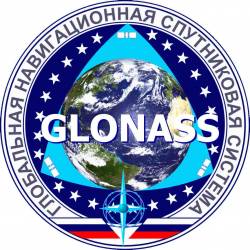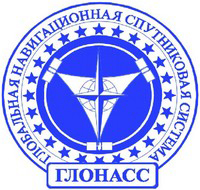The first new-generation satellite GLONASS-K of the GLONASS navigation system has reached its targeted orbit, the Russian Federal Space Agency (Roscosmos) announced today (February 26, 2011).
The Soyuz-2.1b rocket lifted off from Plesetsk cosmodrome at 6:07 a.m. (Moscow time) this morning. The GLONASS-K spacecraft was carried into its planned orbit by a Fregat booster at 9:41 a.m. Moscow time, according to Roscosmos public affairs office, which reported that the satellite separated from the booster as planned.
The first new-generation satellite GLONASS-K of the GLONASS navigation system has reached its targeted orbit, the Russian Federal Space Agency (Roscosmos) announced today (February 26, 2011).
The Soyuz-2.1b rocket lifted off from Plesetsk cosmodrome at 6:07 a.m. (Moscow time) this morning. The GLONASS-K spacecraft was carried into its planned orbit by a Fregat booster at 9:41 a.m. Moscow time, according to Roscosmos public affairs office, which reported that the satellite separated from the booster as planned.
“We have established and are maintaining steady telemetry communications with the spacecraft,” a spokesman for the Defence Ministry’s Space Forces told the Interfax news agency. “The on-board systems of the GLONASS-K satellite are functioning normally.”
The GLONASS-K, which has a service life of 10 years, will transmit five navigation signals — civil and military signals in each of the GLONASS L1 and L2 bands and a new CDMA signal for civilian applications in the L3 band.
Russia will add CDMA signals to its FDMA satellites, beginning with this GLONASS-K satellite and continuing on to a full set in orbit by 2020.
At the L1 frequency (1575 MHz) favored by civil service providers, GLONASS will offer a BOC(1,1) — discarding the BOC(2,2) option that had disturbed guardians of U.S. military signals.
And, according to GLONASS deputy designer Grigory Stupak, a BPSK(10) signal will eventually appear at the GPS L5 band centered at 1176.45.
The Russian GNSS constellation currently contains 22 operational satellites.






